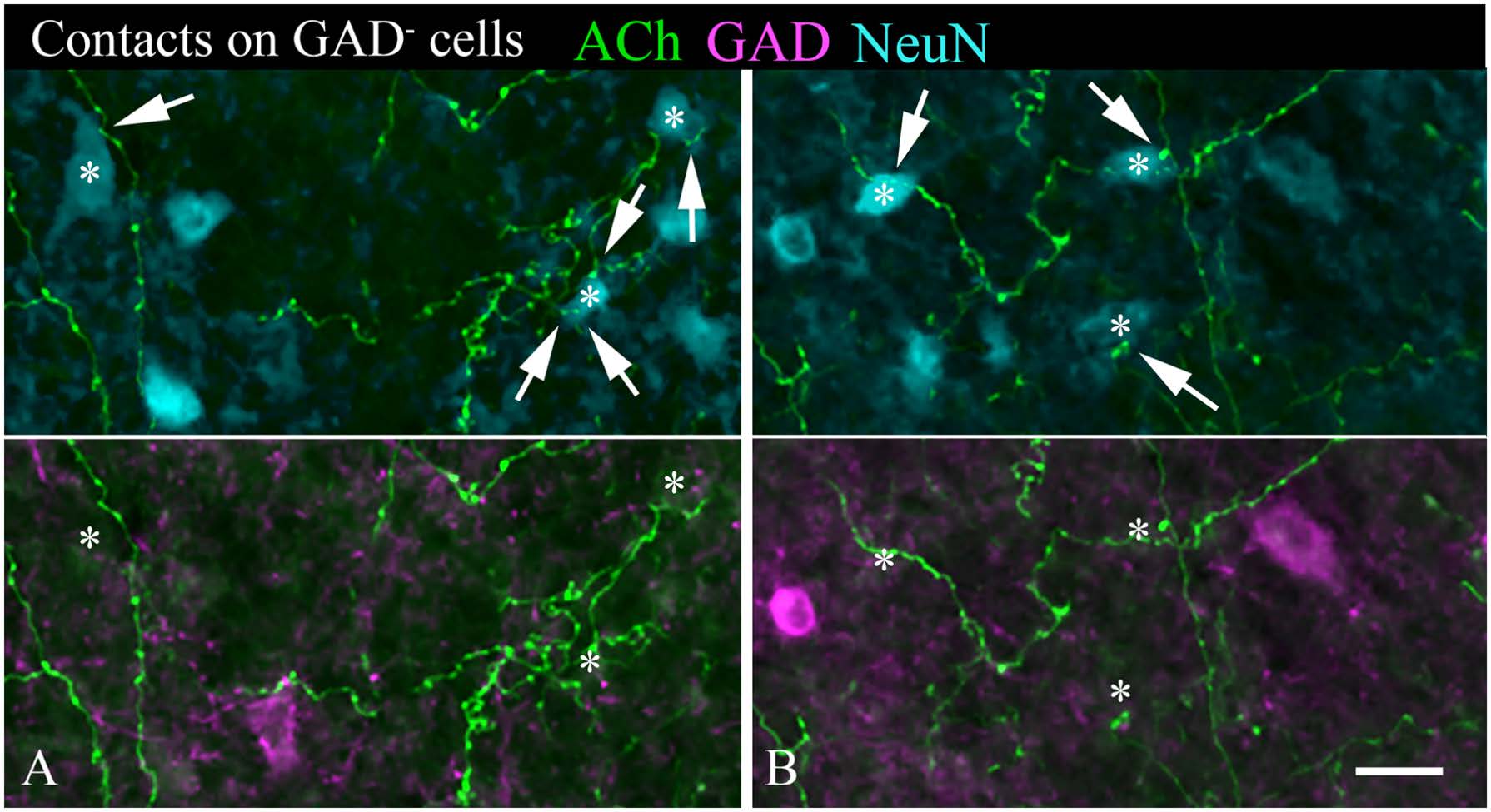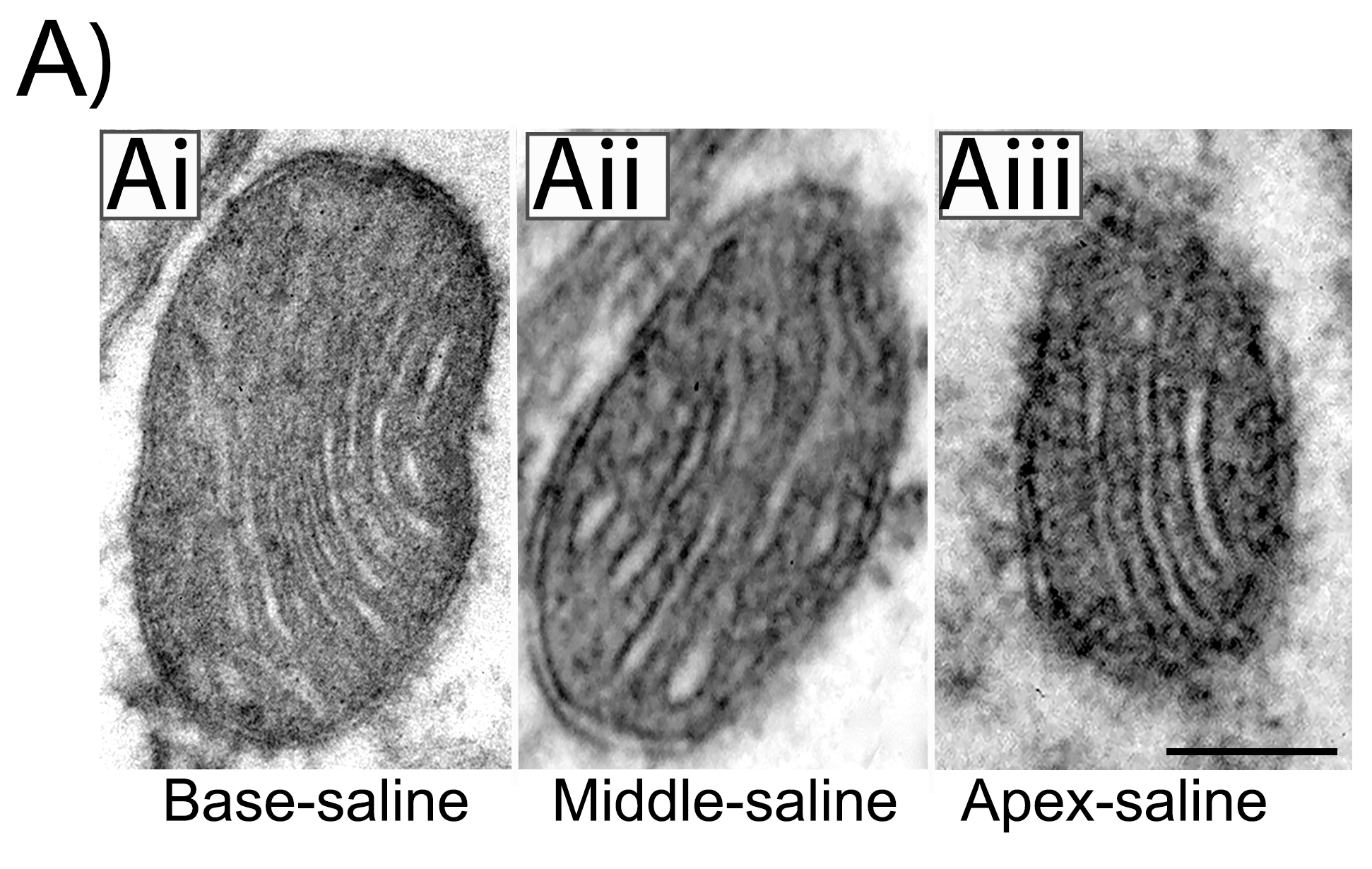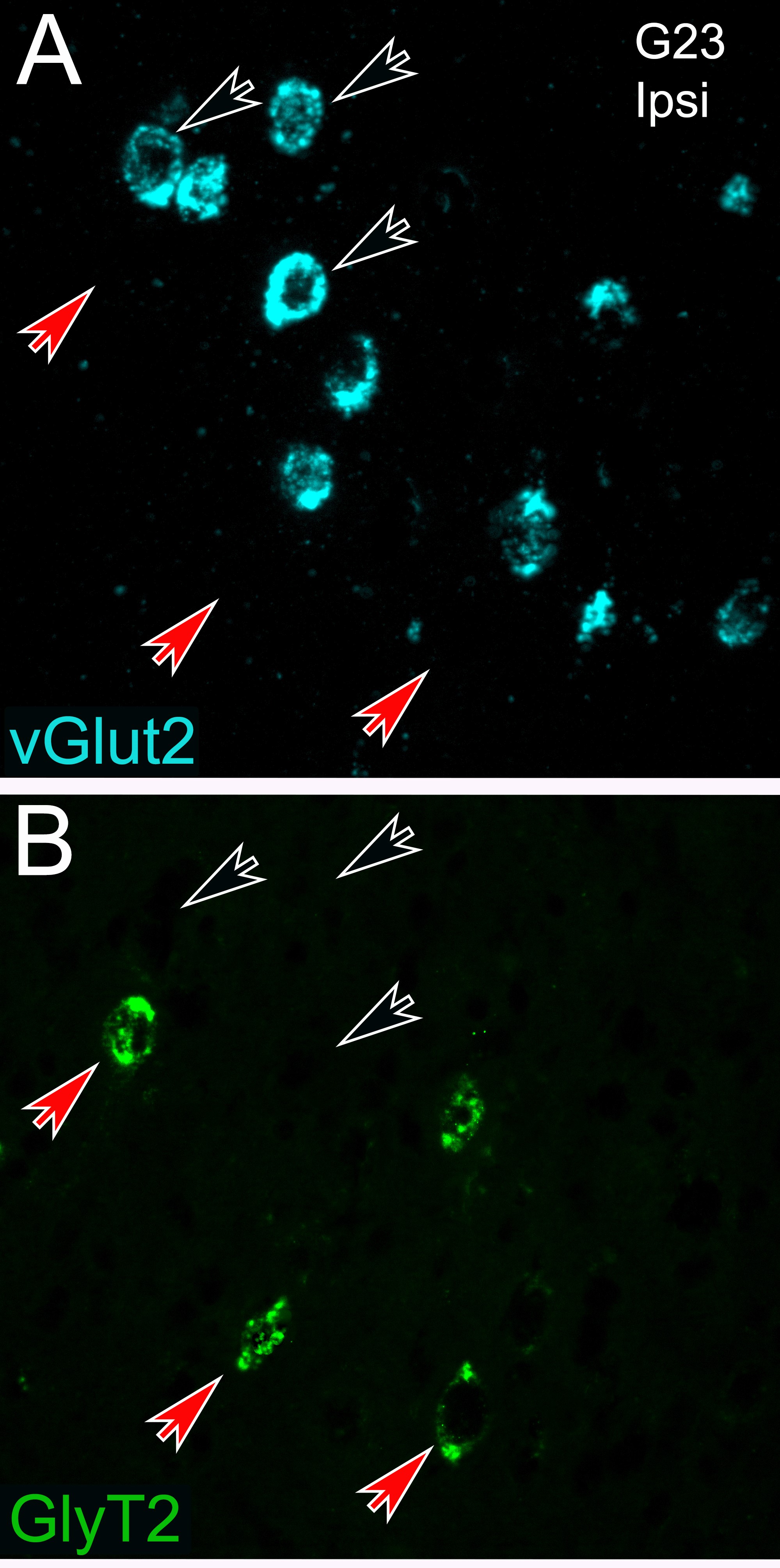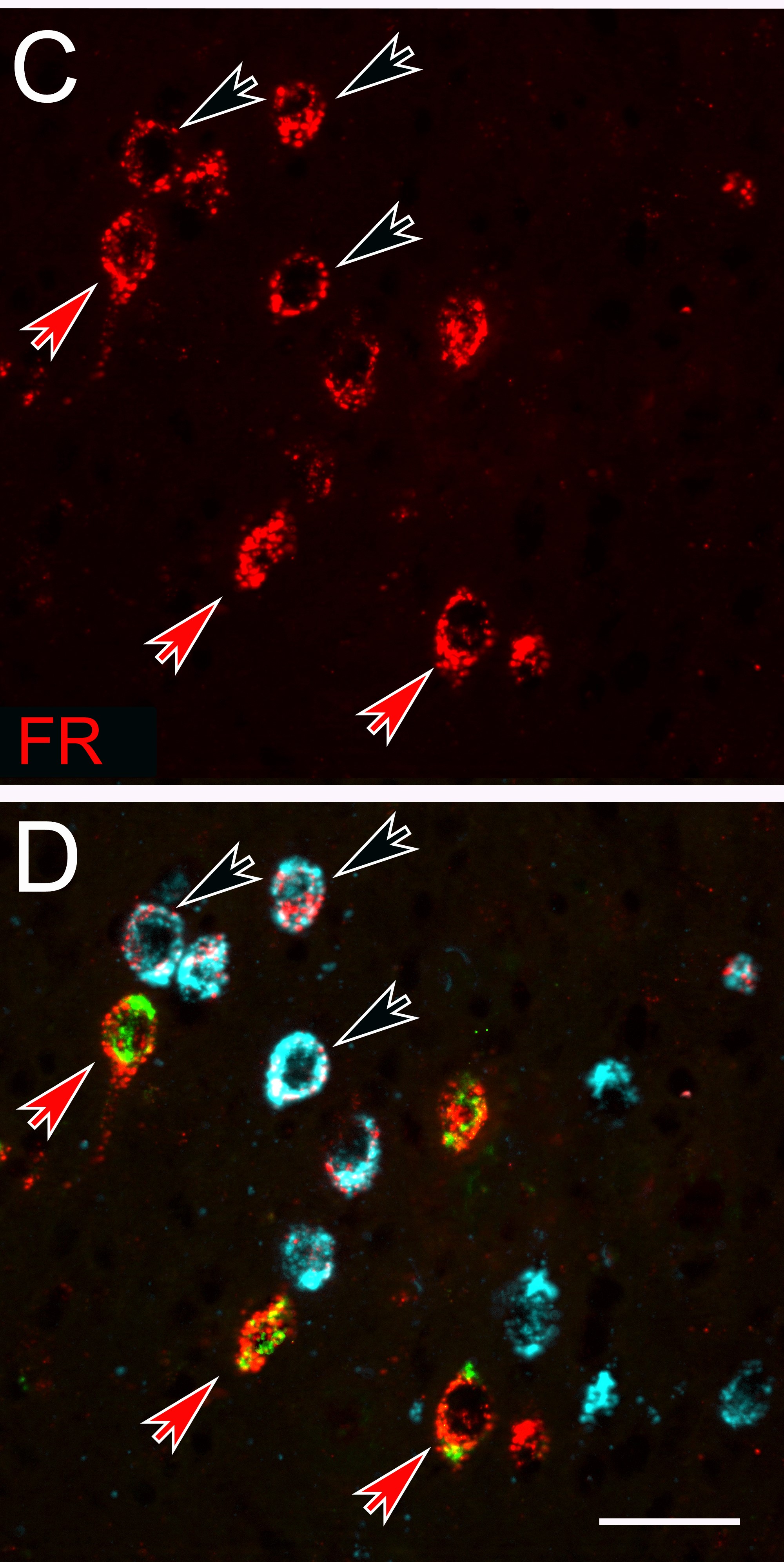Our Collaborators
Schofield Lab
Brett Schofield, PhD
Northeast Ohio Medical University
Dr. Schofield runs an auditory neuroanatomical lab with a focus on cholinergic circuits across the central auditory system. The Schofield Lab also focuses on a number of neuronal subtypes in the inferior colliculus, with a special emphasis on GABAergic cells, and the unique combination of inputs and outputs of each subtype. Their recent work has been characterizing cholinergic inputs throughout the inferior colliculus and their relationship to a variety of GABAergic subclasses. The images to the right (Noftz et al., 2020) demonstrate cholinergic inputs making presumptive contacts ontocells in the inferior colliculus. |

|


|
Bao Lab
Jianxin Bao, PhD
Northeast Ohio Medical University
Dr. Bao's lab focuses on developing new drug and gene therapies for hearing disorders such as hearing lossand tinnitus. In addition, the Bao Lab is developing advanced hearing and molecular tests to better identify subtle cellular and synaptic changes in the cochlea that will provide a better time window for medical intervention. Recent work has demonstrated that early treatments of cisplatin can affect the auditory brainstem response and the number and health of mitochondria in the spiral ganglia. The images to the left (Chen et al., 2021) demonstrate that the structural integrity of mitochondria and their cristae in the spiral ganglia are degraded after an early treatment of cisplatin. |
Young Lab
Jesse Young, PhD
Northeast Ohio Medical University
The Young Lab focuses on evolutionary, comparative and developmental aspects of mammalian locomotion. The goals of the Young Labis to relate standard biomechanical measures (e.g., kinematics and kinetics) to fitness-critical variables such as stability, accelerative capacity and energetic efficiency. Dr. Young has been instrumental in our experiments as he is an expert statistician. His involvement in our studies have helped highlight the age-related changes in the inferior colliculus that occur during middle-age. The box plot to the right (Mafi et al., 2021) demonstrates that perineuronal nets significantly increase on non-lemniscal cells in the inferior colliculus that project to the auditory thalamus during middle-age |

|

|

|
Winters Lab
Bradley Winters, PhD
Northeast Ohio Medical University
The Winters Lab focuses on physiological and developmental aspects of sound localization. The goals of the Winters Lab is to understand the functional roles of the cellular components of sound localization circuits and how they are sculpted by sound driven activity during development. This is a crucial step in understanding how the sound localization system might be disrupted and may underpin novel interventions to restore function for individuals with impairments. Additionally, Dr. Winters studies synaptic plasticity of the inputs from each ear and how the morphology and ion channel composition of neuronal dendrites facilitate circuit computations. |
Weil Lab
Brian Weil, PhD
University at Buffalo
The Weil Lab focuses on investigating mechanisms of cardiac dysfunction and structural remodeling in heart disease. Additionally Dr. Weil is interested in identifying novel therapeutic intervention to prevent dysfunction caused by myocardial injury. Our collaboration has been centered around the preclinical evaluation of triiodothyronine nanoparticles as a therapeutic intervention for resuscitation from cardiac arrest.
The image to the right (Weil et al. 2023) demonstrates the ultrastructural changes that axons undergo during cardiac arrest when treated with triiodothyronine nanoparticles or epinephrine. |

|
Our lab routinely collaborates with labs in the NEOMED Hearing Research Group. Additionally, our funding is greatly enhanced and benefits from assistance and guidance from Alex Galazyuk, PhD (Co-I), Ed Bartlett, PhD (consultant), Merri Rosen (consultant), and Brett Schofield (consultant).






